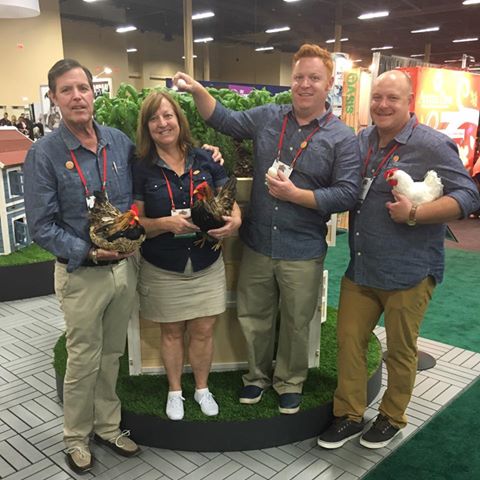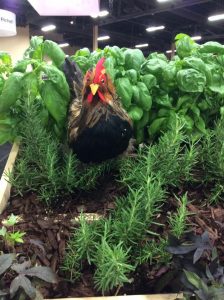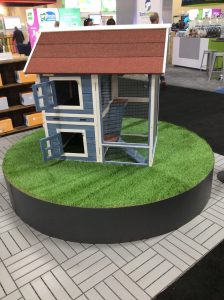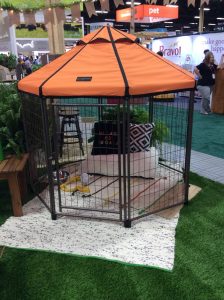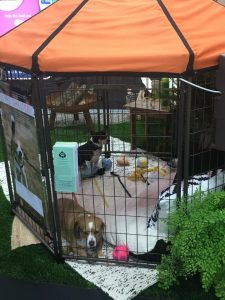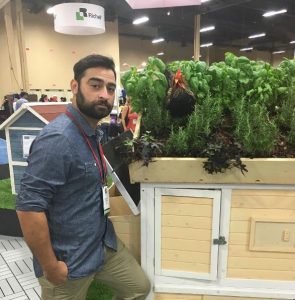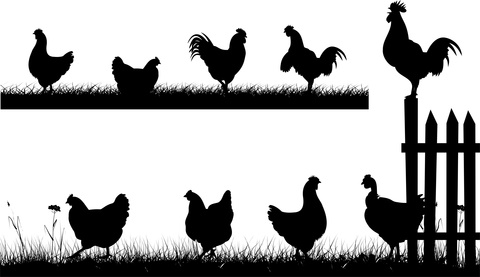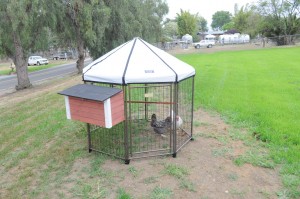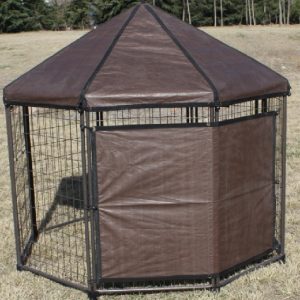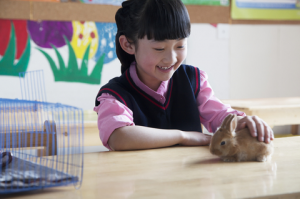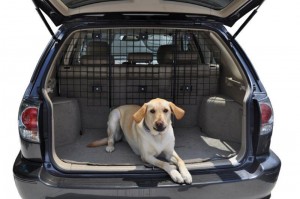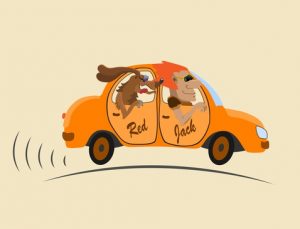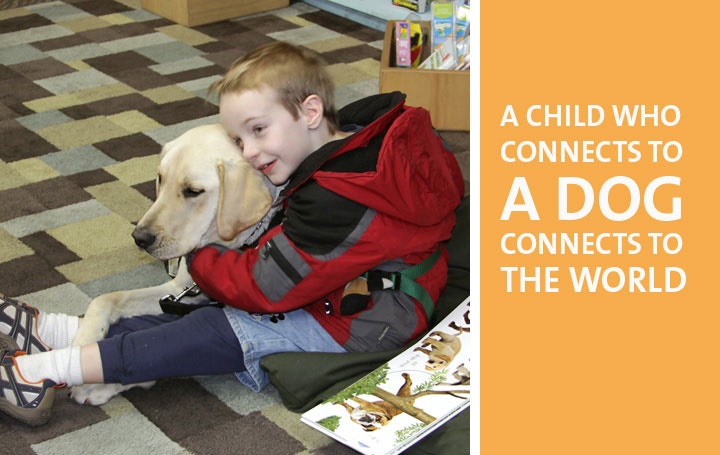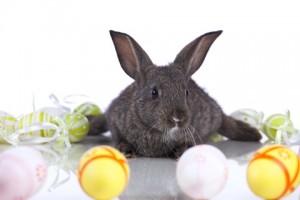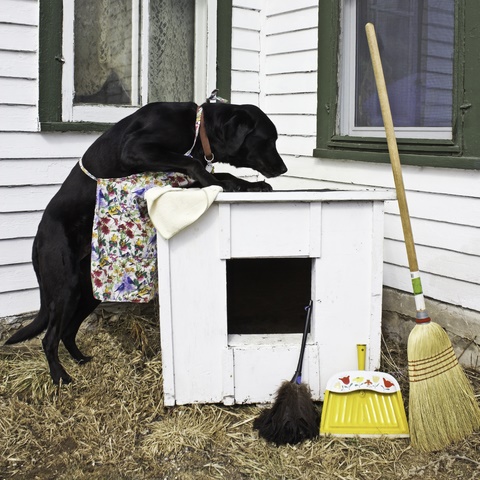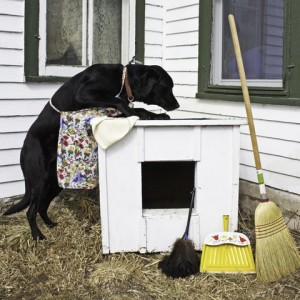The April Autism Awareness Month cover image is courtesy of autismservicedogsofamerica.com

This is an additional break from normalcy in the content we have been writing in our weekly blog; although, this is much different in topic from our time at Global Pet a few weeks ago. April is Autism Awareness Month, and the day that is marked for World Autism Awareness is April 2nd. This year it happens to fall on a Saturday. There are events happening all around the country and it’s suggested to wear blue to support the cause. One of the biggest organized outings is the walks for awareness. Our focus will be on how pets have the ability to help in certain causes when it comes to children diagnosed with autism. All the information that is shared is data found from outside sources. No one here is a medical doctor nor able to confirm any assessments made. We simply want to help spread the joy of what pets bring to the world.
AUTISM AWARENESS MONTH & PETS
#1
The idea is captured very well from this 2015 post by petsintheclassroom.com.
They report, “In the past few years, numerous studies have been done and articles have been written discussing the benefits that animals can have with autistic children. The articles and studies point to significant improvements in social skills and decreases in behavior problems when classroom pets are present:
Studies:
Effects of classroom animal-assisted activities on social functioning in children with autism spectrum disorder.
Social Behaviors Increase in Children with Autism in the Presence of Animals Compared to Toys
Articles:
Autism Speaks – Autism and Pets: More Evidence of Social Benefits
Autism Speaks – More Evidence that Pets Foster Social Skills in Children with Autism
Huffington Post – Pets May Help Improve Social Skills Of Children With Autism
LA Times – Teacher’s pet? Guinea pigs may help autistic kids in classroom
Healthline.com – The Power of Pets: Animals Can Help Autistic Children Socialize
These studies and articles show that, through something as simple as a classroom pet, autistic students can make strides that their teachers and parents might not have otherwise thought possible.”
AUTISM AWARENESS MONTH & PETS
#2
The petmom wrote a wonderful piece in 2015 on the importance of service dogs that are trained to specifically help with children diagnosed with autism. Below are a few snippets from the article. Read the entire piece here.
Pet mom says, “How does one train a dog to specifically work with those who have autism?
It’s certainly not as cut and dried as I would imagine other service dogs work – for example vision and hearing guide dogs.
Paws With a Cause, an organization that breeds and trains dogs specifically for life as a service or guide dog, has this to say about Autism Service Dogs:
“Service Dogs for Children with Autism act as constant companions to children with autism to help them improve social interactions and relationships, expand verbal and nonverbal communication, teach life skills, increase interest in activities and decrease stress within the family. A PAWS Dog doesn’t pass judgment, but breaks into the world of autism and becomes a crucial part of the family’s life.”
Hmmm, that’s pretty cool! I did some homework on this, and here are some of the things Autism Service Dogs can do (courtesy of the website Canines 4 Hope):
- Impulsive Running – dog will help retrieve and get child back to parent
- Self Harming Behavior – dog will interrupt behavior and alert parent
- Awakening at Night – dog will bark to alert parents
- Interpret Mood Swings – dog will crawl into child’s lap to calm child
- Interrupt Social Isolation – child tends to focus on dog companionship
- Non-Verbal Child – child learns to give dog commands
- PICA – dog will stop child from eating inappropriate items
- Self Stimulation – dog can interrupt behavior
Safety, security and protection – priceless
Safety and protection are another great perk of Autism Service Dogs. They can be trained to watch over a child who has a habit of running off (this is a very common problem among younger children with autism – we had many heart-stopping moments when our then non-verbal son would take off at the speed of light and disappear with no warning, leaving us panic-stricken and filled with anguish. 911 was called on more than one occasion). They can alert the parents and can track the child immediately. Some children have tethers with their dogs (who are trained to guide them this way), which adds an extra amount of security and safety.”
Please give the entire article a read. Here’s the link again.
AUTISM AWARENESS MONTH & PETS
#3
Autism speaks puts out this reminder. It’s not just about the child, it is also about the dog.
This is an article written two years ago and is another great and informative read. View the entire article here.
They say, “A new study lends support to the idea that interacting with a pet benefits many children with autism. However, the author emphasizes the need to consider each child’s sensitivities as well as family dynamics in carefully considering pet ownership.
The study, published in the Journal of Pediatric Nursing, surveyed parents of children who had autism about the children’s interactions with dogs. Nearly two thirds of the families owned a dog. Of these, 94 percent said their child bonded strongly with the pet. Even in the families without dogs, 7 in 10 parents said their child enjoyed interacting with dogs.
Previous research involving children with autism found that those who had a family pet from a young age tended to have greater social skills. Still other research has shown how social behaviors in children who have autism temporarily improve after even a short play period with a live animal such as a guinea pig (versus a toy). And a number of Autism Speaks Community Grants have supported successful equine-therapy programs for children with autism.
“Children with autism may especially benefit from interacting with dogs, which can provide unconditional, nonjudgmental love and companionship,” says the new study’s author, Gretchen Carlisle. Dr. Carlisle is a research fellow with the Research Center for Human-Animal Interaction at the University of Missouri College of Veterinary Medicine. Although her study addressed dog ownership, Dr. Carlisle emphasized that other pets may be better suited for particular children and families.”

Dogs Are Awesome
We already know this, but yes, dogs are awesome. What they can potentially do for children that suffer from autism is nothing less than extraordinary. Hug your dog today.
What do you think?



